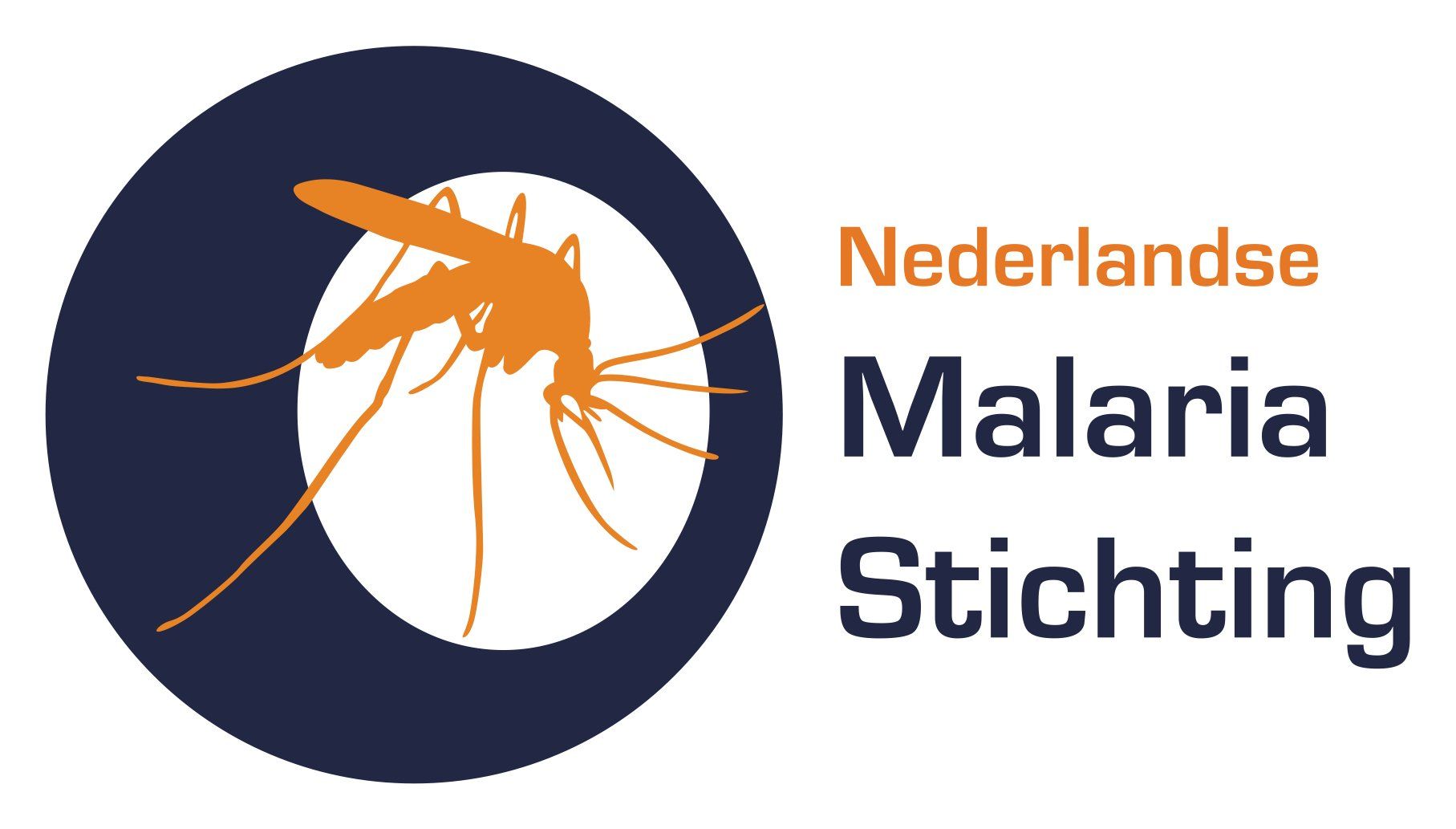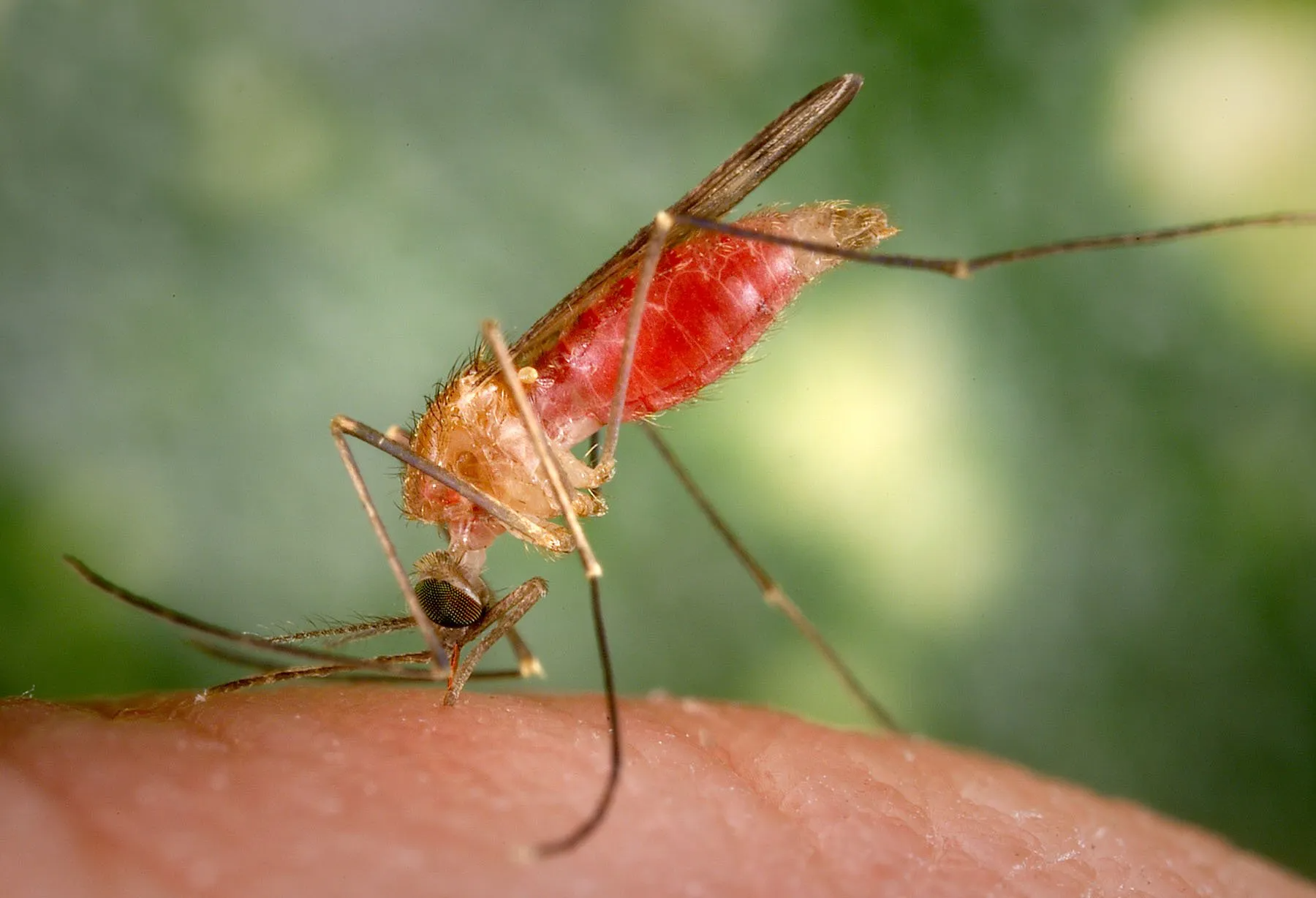IMPACT
Since its foundation in 2010, the Dutch Malaria Foundation has initiated, implemented and completed several projects. With these projects we aim to fulfill our mission. The impact we have been able to generate over the past 15 years has been made possible thanks to the support of many, often voluntary, often through donations, as well as the support of our permanent partners (CarePlus, MESA, Johns Hopkins Malaria Research Centre). We are proud that we can contribute to reducing this terrible disease, together with many other organizations that want to help eliminate malaria from the world. A brief overview of our achieved results:
MalariaWorld - ONGOING PROJECT
Knowledge is power. But at the beginning of this century, many, especially in sub-Saharan Africa, lacked access to information, and therefore knowledge. Shortly after its establishment, the Dutch Malaria Foundation adopted the online platform MalariaWorld, once started by our current director when she was working in Kenya. What once started as a small weekly newsletter to a few hundred malaria researchers is now a weekly newsletter that is sent to more than 5400 people interested in the field of malaria all over the world. Free of charge. Because we believe that access to information and thus knowledge should be accessible to everyone, anywhere in the world. Only then will we create opportunities to tackle malaria.
In 2015, we received a prestigious award for our work within MalariaWorld in the field of online communication, supported by the Roll Back Malaria program of the World Health Organization. A wonderful recognition of our work that we continue every day.
MalariaWorld Journal - ONGOING PROJECT
New scientific insights are made public by publications in scientific journals. In addition to providing access to this new knowledge (MalariaWorld, see above), it became clear at the start of the Foundation that the possibility of publishing in so-called Open Access journals (the author bears the costs of publication, the reader has free access to it) is far too expensive for many researchers in low- and middle-income countries. Publishing an article in a leading journal in the field of malaria costs no less than €2390.00 in October 2024. Money that should actually be used to conduct further research or otherwise financially support researchers, but now ends up in the pockets of large publishers. That is why the Dutch Malaria Foundation started its own journal in 2010, the MalariaWorld Journal, where we have managed to reduce these costs to €350 (excl. 9% VAT). In this way, we offer the same access to making new information about malaria public without researchers having to pay an exorbitant price for it. We also offer editorial support, helping authors improve (English) texts and figures/tables in manuscripts; support that is not available from major publishers.
Fake drugs kill - COMPLETED PROJECT
When we use medicines, we assume without thinking that they are of good quality and will cure us. It is therefore unimaginable that, especially in Africa, malaria medicines are circulating that contain little more than lime or even washing powder. Many countries do not have specialized services to check the quality of medicines that are imported, which offers opportunities for criminal organizations to make large profits by selling fake medicines to Ministries of Health. In our opinion, deliberately marketing fake medicines is equal to immoral and criminal behavior. There are initiatives to counter this, and the Dutch Malaria Foundation has contributed to this in its project 'Fake Drugs Kill' with an online petition. This was widely shared and we have drawn a lot of attention to this problem. Partly because of this action, a policy has been put into effect since 2017 (by the African Leaders Malaria Alliance) that insists that countries take better care of the quality of medicines that enter countries.
Printed mosquito nets - COMPLETED PROJECT
By 2024, more than 3 billion mosquito nets impregnated with insecticides will have been distributed in Africa. The impact of this on reducing malaria is impressive. Hundreds of millions of cases of malaria have been prevented, more than 7 million lives have been saved. However, this method of prevention is not optimal: mosquito nets have an average lifespan of 36 months, but are only used for an average of 14 months. This is a social dilemma: how can we get people to use mosquito nets better, more often, and for longer? That is the basis for the printed mosquito net: by printing a beautiful image (of your choice) on a mosquito net, we increase the bond with this product. Misuse of mosquito nets (e.g. to use them as a fishing net) is thus reduced. Through our project, in collaboration with the Rotary Club Midden-Betuwe, more than 18 thousand printed mosquito nets have been distributed to children in Uganda in recent years. We are proud that this innovation comes from us and makes a difference again and further reduces malaria.
Policy
In addition to its projects, the Dutch Malaria Foundation contributes to the dialogue on how malaria control can be improved. We talk to many parties, from researchers to policy makers to global organizations such as the WHO, the Gates Foundation and the Global Fund, about the current problems in malaria control and how existing methods can be better used, and new methods can be introduced. We publish about proposed changes in policy, for example in the field of larval control and the need for this to improve malaria control.



